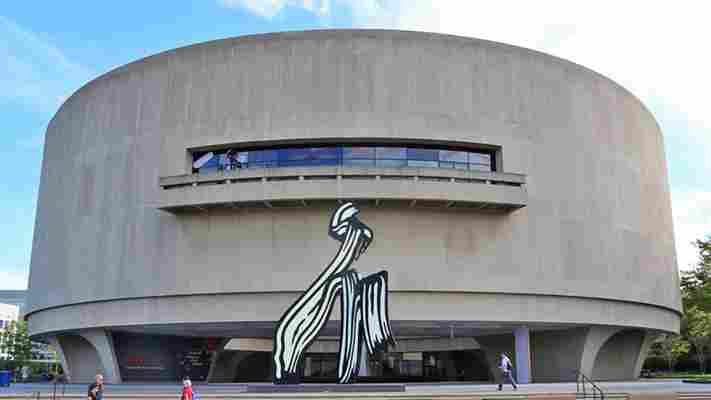Lee F. Mindel explores the Smithsonian’s Hirshhorn Museum and Sculpture Garden in D.C.
The Smithsonian’s Hirshhorn Museum and Sculpture Garden, which turns 40 this week, holds a special place for me. It was designed by the late Gordon Bunshaft of Skidmore, Owings & Merrill, where I had my first job and where I spent many formative hours studying the work of this master architect.

The four-level, elevated doughnut-shaped structure is located on the National Mall in Washington, D.C., halfway between the Washington Monument and the U.S. Capitol. It looks like a piece of modern sculpture and, indeed, was meant to serve as a metaphor for the art and sculpture it housed.
It was the first national museum dedicated to post–World War II art and also the first modernist building to grace the National Mall. Last week, on a visit to the museum, I was told by Glen Dixon of the Hirshhorn that the original plans had called for the building to be made of marble and for the sculpture garden to extend across the Mall. Instead, the sculpture garden was contained on one side of the Mall and the building was made of concrete.
The Hirshhorn received mixed reviews when it opened in 1974. The New York Times’ Ada Louise Huxtable declared the style “born-dead, neo-penitentiary modern.” Benjamin Forgey of The Washington Post called it “the biggest piece of abstract art in town.”
Today, the building is widely revered and the museum receives 645,000 visitors a year. The building is worth a look, but it would be shame not also to explore the sculpture garden, where priceless works are framed by views of Bunshaft’s masterpiece.
Join me on a visit to the Smithsonian’s Hirshhorn Museum and Sculpture Garden.